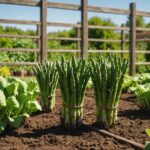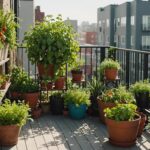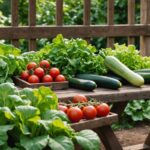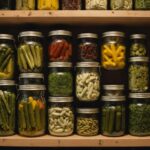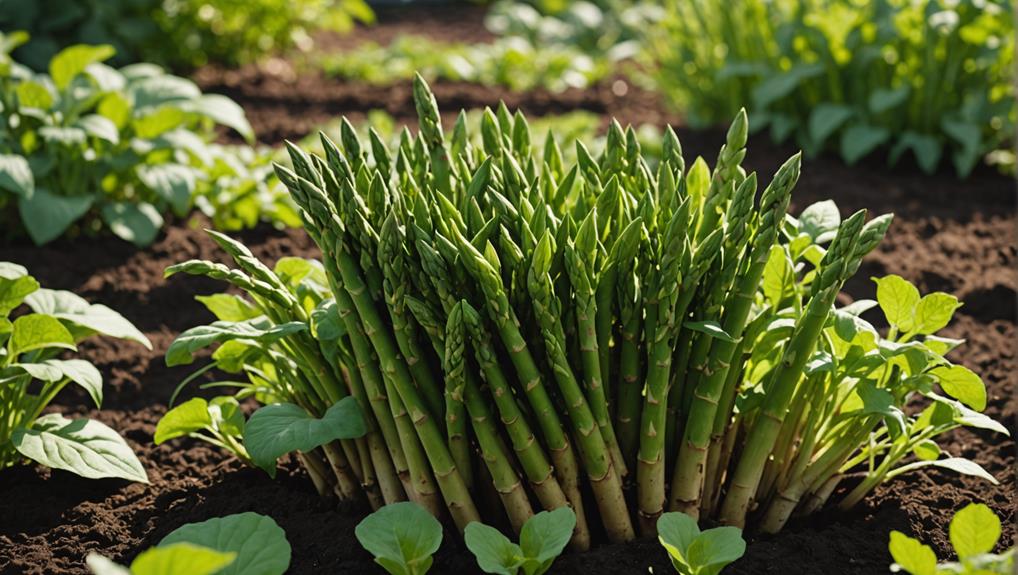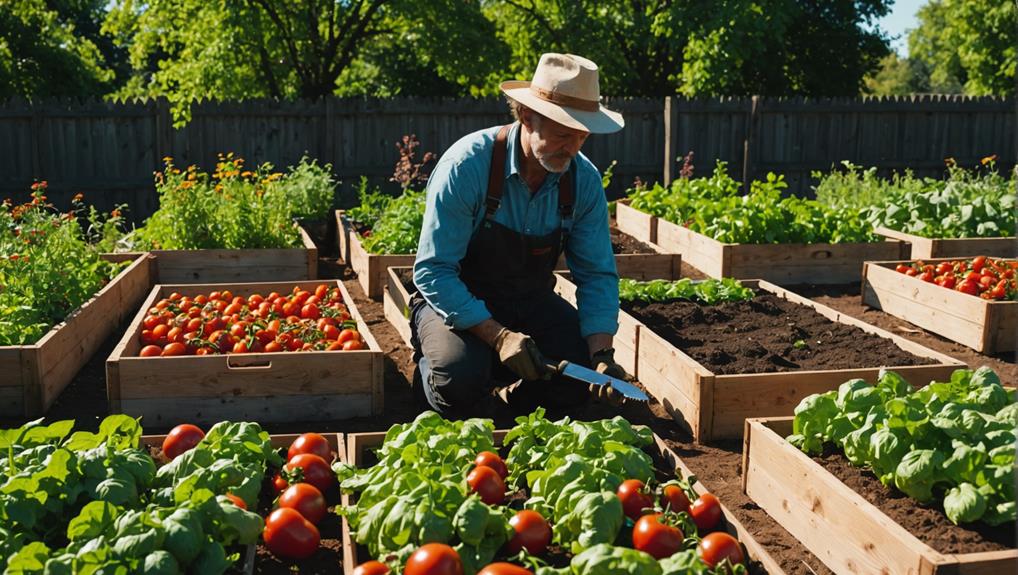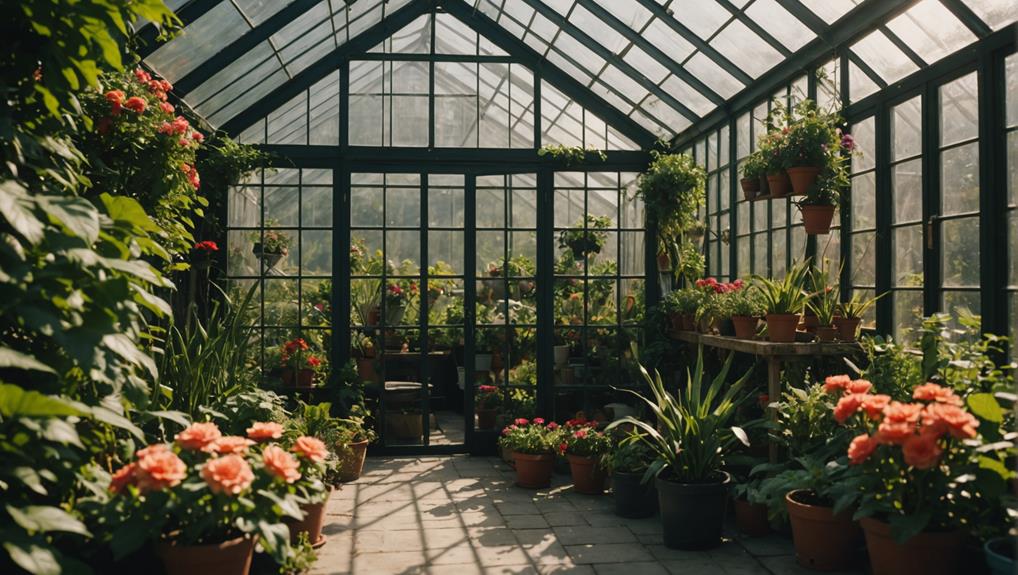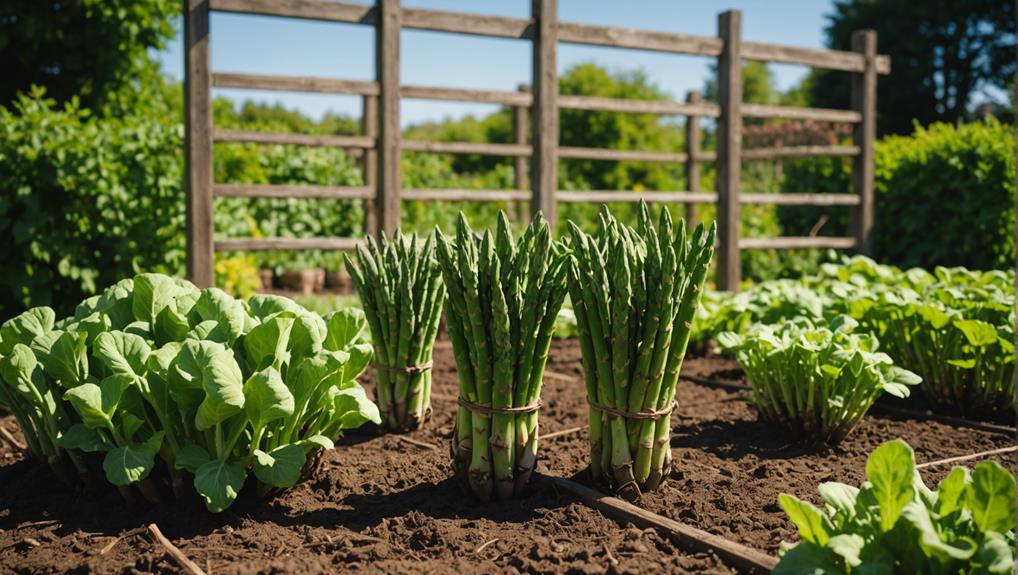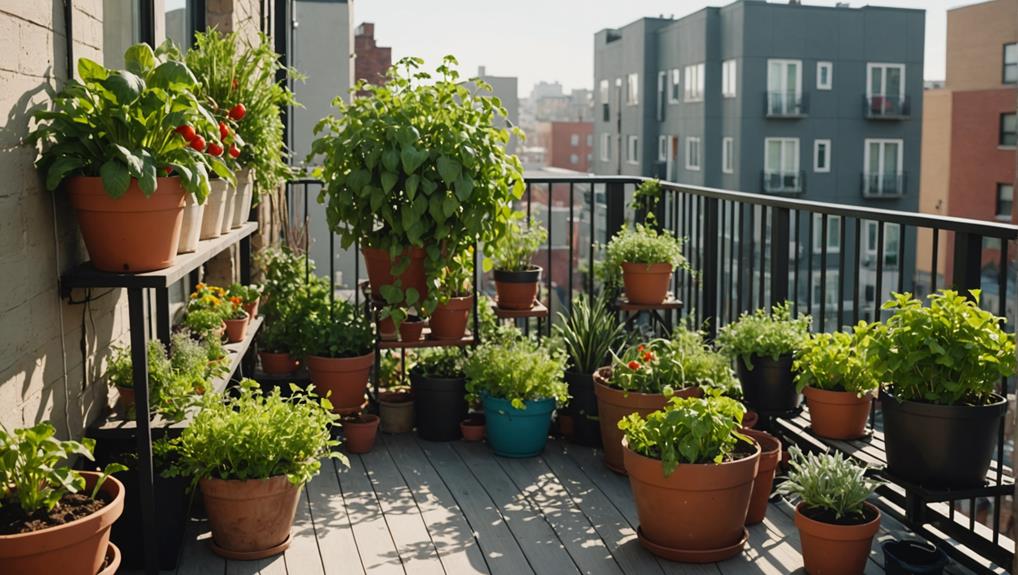As an Amazon Associate I earn from qualifying purchases.
You've probably considered the importance of sustainable, low-maintenance food sources for your prepper garden. Perennials like asparagus, globe artichoke, rhubarb, sorrel, and leeks offer the perfect solution. These vegetables not only provide essential nutrients but also require minimal upkeep, ensuring your garden thrives year after year. Imagine harvesting fresh, nutritious produce with little effort, regardless of changing seasons or supply chain disruptions. Curious about how each of these perennials can enhance your food security strategy? Let's explore why these five hardy vegetables are ideal for a resilient garden setup.
Asparagus
If you're looking for a low-maintenance, long-term investment for your prepper garden, asparagus is an excellent choice. This hardy perennial vegetable thrives in USDA zones 2 through 9, meaning it can be cultivated in a wide range of climates. Once established, asparagus plants can yield a bountiful harvest for over 15 years, making them a reliable addition to your food supply.
Growing asparagus requires a bit of patience, as it takes approximately three years to produce a full harvest. However, the wait is well worth it. These plants can grow up to seven feet tall, with fern-like foliage that not only adds beauty to your garden but also helps to feed the roots and support future growth.
To guarantee the best production, asparagus needs well-drained soil and benefits from regular watering, especially during the growing season. Nutritionally, asparagus is rich in potassium, vitamins A and C, which are essential for maintaining good health.
Globe Artichoke
Alongside asparagus, globe artichokes are another excellent low-maintenance vegetable for your prepper garden. They thrive in USDA zones 7 through 10 and, while they take about a year to yield a harvest, once established, they'll produce for 5-6 years. This makes them a reliable and long-term addition to your garden.
Globe artichokes aren't only low-maintenance but also high in antioxidants, fiber, potassium, and magnesium, offering significant nutritional benefits. To grow well, these plants need plenty of sunshine and deep watering once a week. Make sure you have enough space, as they can grow quite large, often reaching heights of 3-5 feet.
When it's time to harvest, look for buds that are tight and closed. This guarantees the best flavor and texture. If the center starts to open, you've missed the ideal harvest window. Proper timing will enhance your culinary experience, making those homegrown artichokes a delicious and nutritious part of your meals.
Rhubarb
Rhubarb is a perennial vegetable perfect for prepper gardens, thriving in USDA zones 4 through 7. It's a low-maintenance plant that, once established, can produce for many years, making it ideal for your survival garden. After a couple of years of growth, rhubarb yields thick, edible stalks for 1-2 months each spring. Just remember, the leaves are toxic and shouldn't be consumed.
Rhubarb prefers moist soil conditions but requires good drainage to prevent root rot. You'll want to avoid overly saturated soil to keep your plants healthy. Given the right conditions, rhubarb can become a reliable and productive part of your garden with minimal effort on your part.
Nutritionally, rhubarb is high in vitamins C and K, as well as fiber, making it a valuable addition to any diet, especially in a survival situation. Its vitamin content can help bolster your immune system and maintain overall health.
Sorrel
Why not consider adding sorrel to your prepper garden for its hardy nature and quick growth?
Sorrel is a perennial vegetable that thrives in USDA zones 5 through 7, making it suitable for a wide range of climates. You can enjoy its tart, lemony flavor in just a couple of months from planting the seeds. This leafy green grows well in both small containers and garden beds, starting from just 6-inch pots, making it versatile for any garden size.
One of sorrel's standout features is its low-maintenance requirement. While it does need replacement every few years to maintain productivity, this is a small price to pay for a plant that practically takes care of itself. You can easily propagate sorrel by root separation in the fall, allowing you to expand your garden without the hassle of re-seeding.
Nutritionally, sorrel is a powerhouse, rich in vitamins A and C, as well as potassium, making it a valuable addition to your diet. Harvested leaves can be used in salads, soups, and sauces, providing both flavor and essential nutrients.
For a resilient, easy-to-grow option, sorrel fits well into any prepper garden.
Leeks
For a hardy and versatile addition to your prepper garden, consider planting leeks. These resilient vegetables can thrive in USDA zones 2 through 9, enduring cold temperatures and diverse climates.
If you're looking to grow leeks, you'll need to provide full sun and well-drained soil, as these conditions are vital for their development.
Leeks take about 4-5 months to reach full production, ideally when the stalks are around 3 inches long. To guarantee peak growth, water them up to 1 inch weekly and fertilize every three weeks during the growing season. Proper spacing is essential to maximize their yield. Place your leek plants 6-8 inches apart in rows that are 1-3 feet apart.
Here are some tips to keep in mind:
- Climate Resilience: Suitable for USDA zones 2 through 9, making them adaptable to various climates.
- Growth Requirements: Full sun, well-drained soil, and consistent watering are key.
Conclusion
By growing these five low-maintenance perennials—asparagus, globe artichoke, rhubarb, sorrel, and leeks—you're ensuring a steady supply of nutritious, delicious vegetables with minimal effort.
They'll thrive in your prepper garden, providing essential vitamins and resilience year after year.
So, take the plunge, plant these hardy veggies, and enjoy the peace of mind that comes with having a sustainable and self-sufficient food source right in your backyard.
You've got this!
As an Amazon Associate I earn from qualifying purchases.


